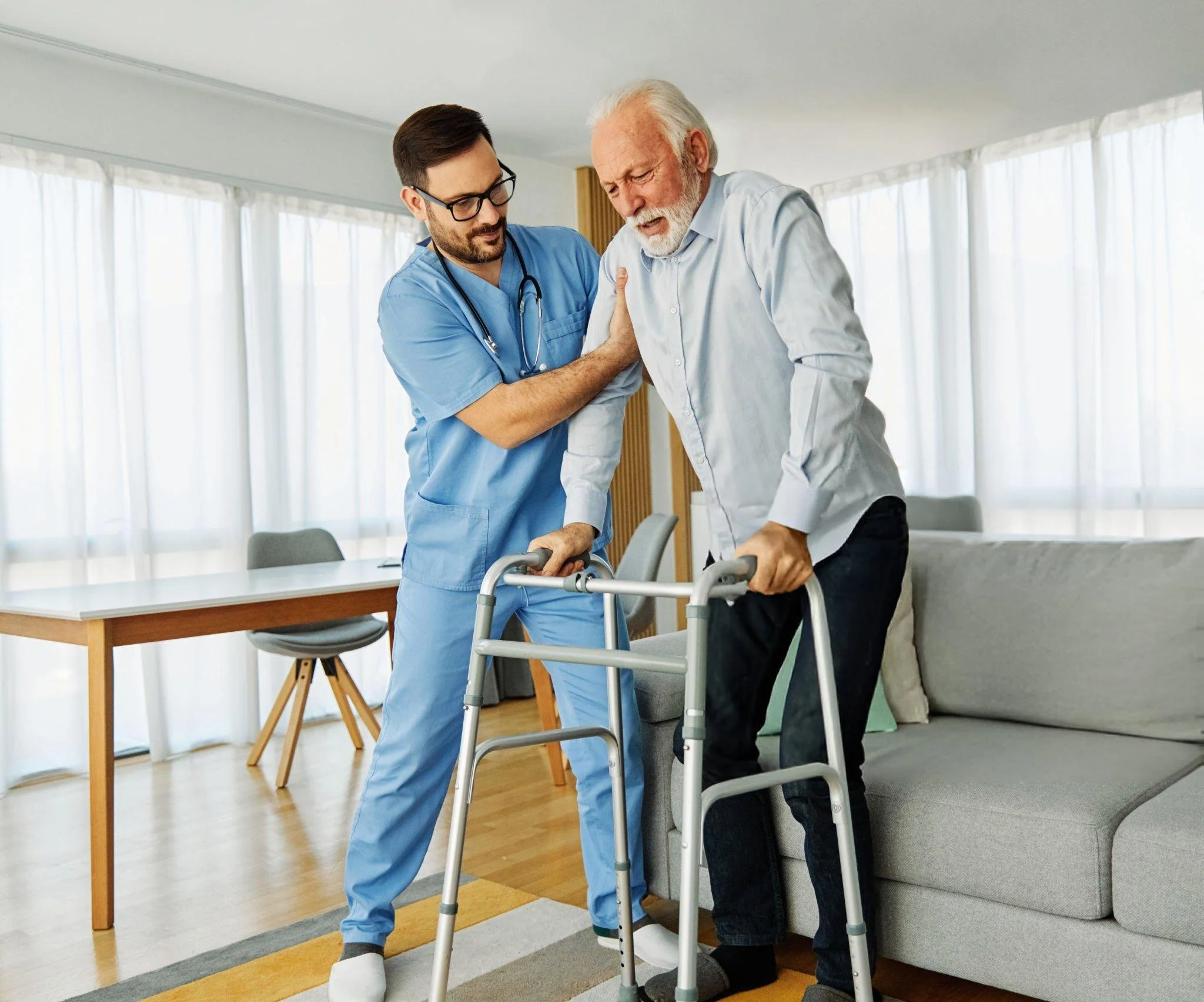Falls and Domestic accidents prevention at home
Falls and domestic accidents are a significant concern for the elderly population, as they can lead to severe physical injuries, psychological impacts, and increased healthcare costs. The risk of falls increases with age due to factors such as decreased mobility, balance issues, and cognitive impairments. Preventing these incidents is crucial for maintaining the health and quality of life of older adults.
Risk Factors for Falls
Understanding the risk factors associated with falls is essential in developing effective prevention strategies. These factors include:
Biological Factors: Age-related changes such as muscle weakness, impaired vision, and chronic health conditions like arthritis or diabetes increase fall risk.
Behavioral Factors: Sedentary lifestyle, poor nutrition, and medication side effects can contribute to falls.
Environmental Factors: Hazards in the home environment like slippery floors, poor lighting, and lack of handrails are common causes of falls.
Cognitive Impairment: Conditions such as dementia can affect judgment and increase fall risk.
Preventive Strategies
To effectively prevent falls among the elderly, a multifaceted approach is recommended:
Exercise Programs: Regular physical activity focusing on strength, balance, and flexibility can significantly reduce fall risk. Tailored exercise programs should be designed by healthcare professionals to meet individual needs.
Home Safety Modifications: Conducting a thorough assessment of the home environment to identify potential hazards is crucial. Recommendations may include installing grab bars in bathrooms, ensuring adequate lighting throughout the house, removing loose rugs or clutter from walkways, and using non-slip mats.
Medication Review: Regularly reviewing medications with healthcare providers can help identify those that may contribute to dizziness or drowsiness, thus increasing fall risk.
Vision Checks: Ensuring regular eye examinations can help detect vision problems that might contribute to falls.
Education and Counseling: Educating older adults about fall risks and prevention strategies empowers them to take proactive measures in their daily lives.
Use of Assistive Devices: Encouraging the use of walking aids like canes or walkers when necessary can provide additional support and stability.
Nutrition Management: Ensuring a balanced diet rich in calcium and vitamin D supports bone health and reduces fracture risk if a fall occurs.
Community-Based Programs: Participating in community programs that focus on fall prevention education can provide social support while reinforcing safety practices.
Implementation in Healthcare Settings
In hospitals and long-term care facilities:
Implementing multifactorial interventions that combine exercise programs with environmental modifications has shown effectiveness.
Staff education on fall prevention techniques ensures consistent application of safety measures.
Developing individualized care plans based on comprehensive assessments helps address specific risks for each patient or resident.
Conclusion
Preventing falls among the elderly requires an integrated approach involving healthcare professionals, caregivers, family members, and individuals. By addressing biological, behavioral, and environmental factors through targeted interventions such as exercise programs or home modifications alongside regular medical reviews, falls can be significantly reduced, thereby enhancing overall well-being for older adults.
References
World Health Organization (WHO): An international public health agency providing leadership on global health matters including aging populations; offers guidelines on preventing falls among older adults through evidence-based strategies.
Centers for Disease Control and Prevention (CDC): A leading national public health institute in the United States offering comprehensive data analysis regarding injury prevention including detailed reports about eldercare safety measures against domestic accidents/falls.


